Simulations at Sandia National Laboratories reveal that using magnetism to heat and insulate fusion fuel could recreate solar conditions in the lab.

Filling in the blanks
To prevent important information from being missed, a Berkeley Lab team is improving how supercomputers divvy up the ponderous tasks surrounding large simulations’ analytics and visualization.
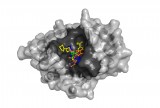
Overcoming resistance
To find a path around antibiotic resistance, a team working with the Intrepid supercomputer at Argonne National Laboratory is simulating molecular binding interactions to rapidly vet new infection-fighting candidates.
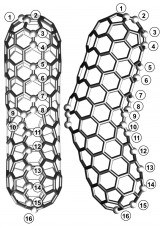
Kinky nanotubes
With the help of Oak Ridge computations, scientists are probing the properties of macroscale sponges made of nanoscale carbon-boron tubes. The material could soak up oil spills, help store energy or meet other needs.
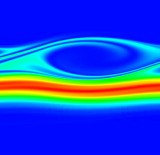
A passion for pressure
Plasmas are the purview of Livermore scientist and Computational Science Graduate Fellowship alumnus Jeffrey Hittinger. He works both sides of the fusion street – inertial confinement and magnetic confinement – while simulating aspects of these tremendously hot, fast-moving particle clouds.
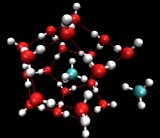
Twice-stuffed permafrost
A Pacific Northwest National Laboratory computation suggests that the water-gas compounds found in ocean permafrost can provide energy and store it, too – and then trap carbon dioxide.
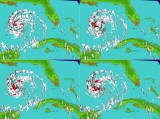
Enlightening predictions
Computer simulations of hurricane lightning could be the key to predicting and avoiding the storms’ real-world punch.
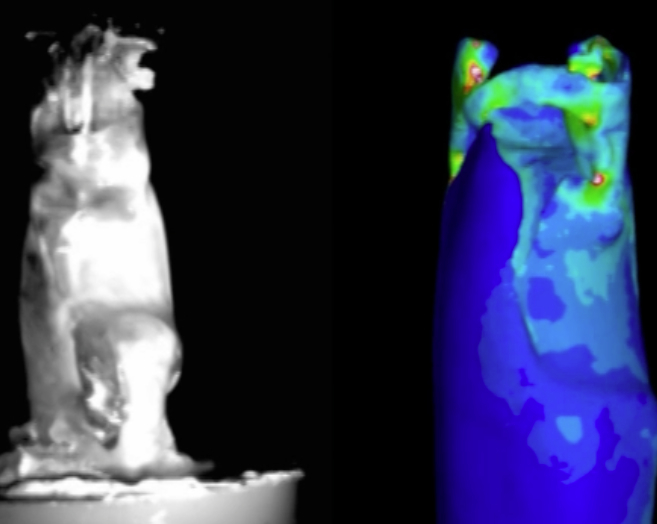
Prime-time punch
The mantis shrimp packs one of the strongest punches on Earth. Computational Science Graduate Fellow Michael Rosario is investigating the physics, design and material properties behind the crustacean’s prey-crunching wallop. His research has landed him on the National Geographic Wild channel.
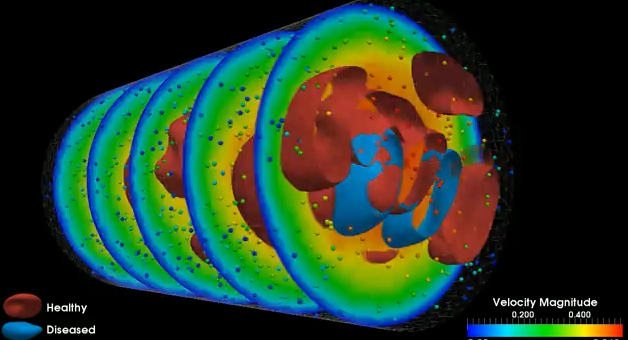
Inside the skull
Modeling the elements of blood flow in the brain could help neurosurgeons to predict when and where an aneurysm might rupture – and when to operate.
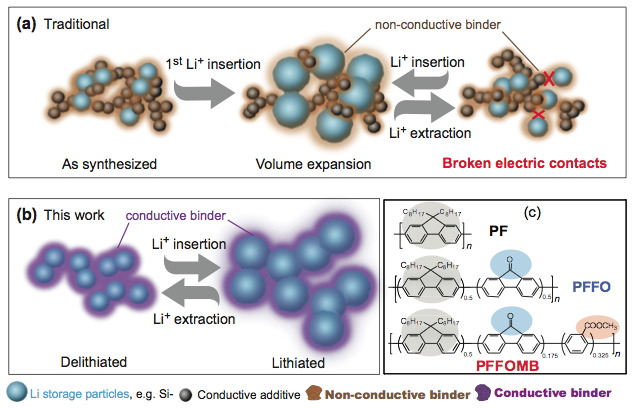
Power boost
Berkeley scientists have combined computational modeling and advanced materials synthesis to devise a low-cost anode that bolsters the feasibility of long-life lithium-ion batteries.

Helping hydrogen along
Researchers have pursued clean hydrogen-based fuels for years. A Berkeley Lab team hopes to spur that quest with help from one of the world’s most powerful computers.
Designer yeast
A Johns Hopkins University team has built a yeast chromosome from scratch, they report today in the journal Nature. Sarah Richardson used what she learned as a Computational Science Graduate Fellow to help design and monitor the chromosome’s construction.
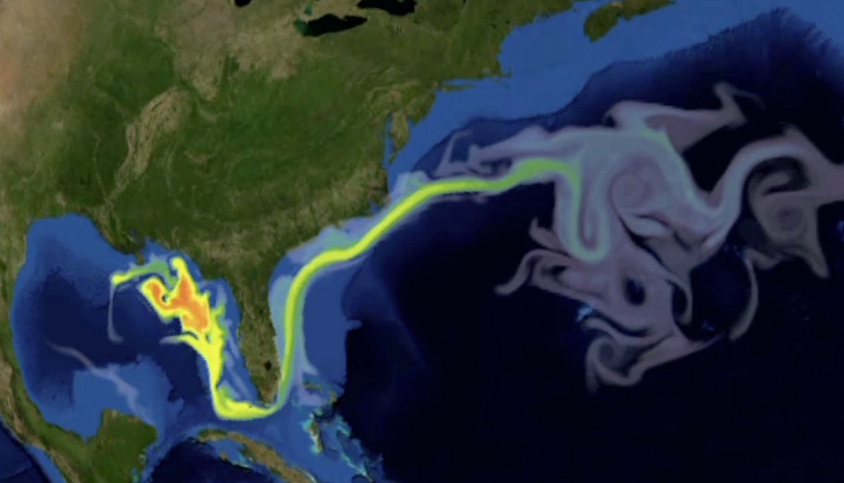
A long view of Gulf oil spill
While others predicted when oil from the Deepwater Horizon spill in the Gulf of Mexico might reach beaches, ocean modelers at Los Alamos National Laboratory and the National Center for Atmospheric Research asked when gushing oil might exit the Gulf, where it would go and how diluted it’d be, up to a year later.

Breaking the biomass barrier
What Oak Ridge National Laboratory researchers are learning could help make ethanol from cellulose a viable fuel alternative – and help the United States replace foreign oil with a green, renewable resource.
Extending the stockpile’s lifespan
Just how does prolonged exposure to nuclear radiation change a material’s properties? How do those changes alter the way a weapon performs? A Los Alamos team quantifies these and other uncertainties.
The big face off
Pacific Northwest National Laboratory researchers say their algorithms can analyze millions of video frames, pluck out the faces and quantify them to create searchable databases for facial identification.





